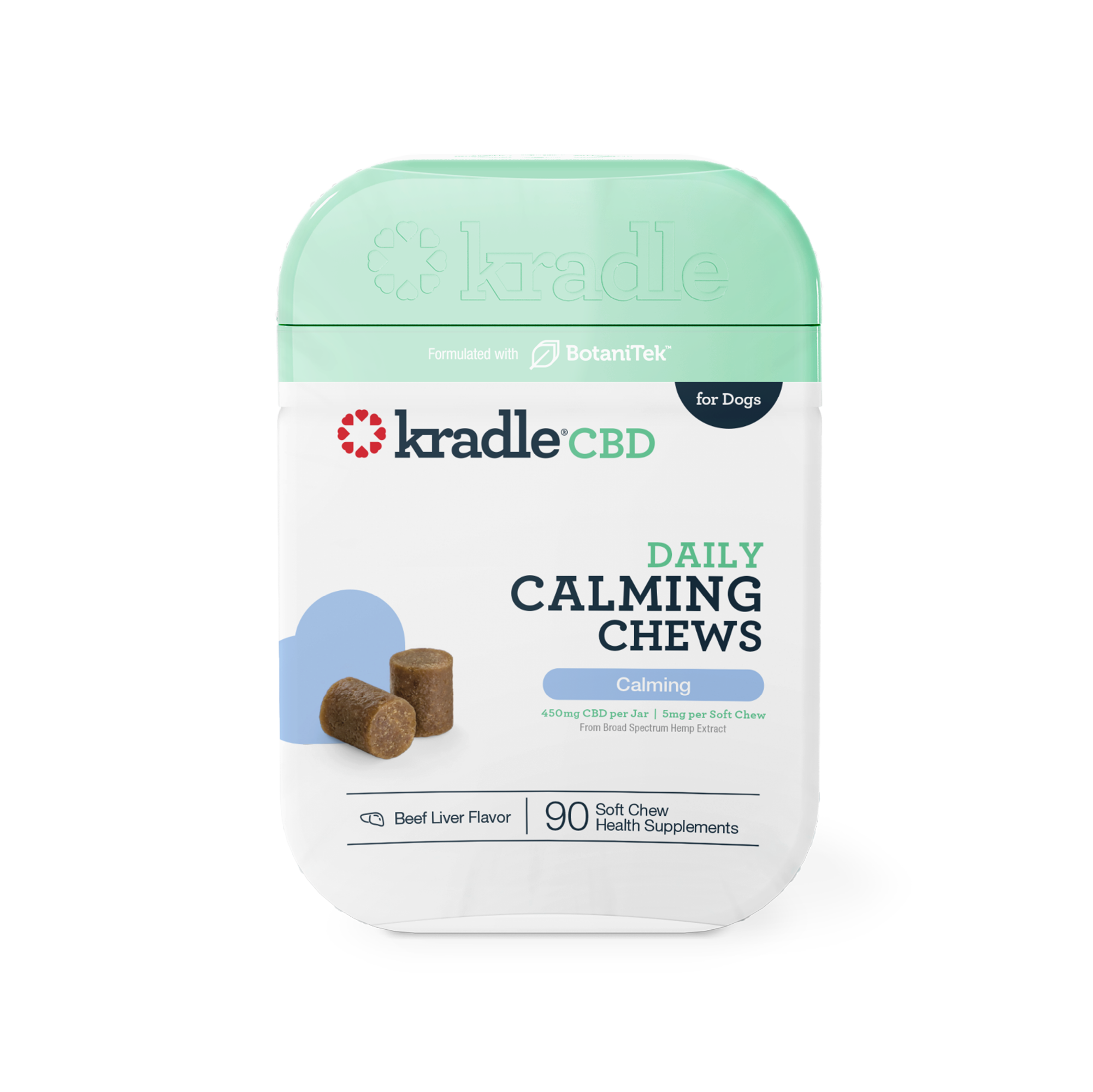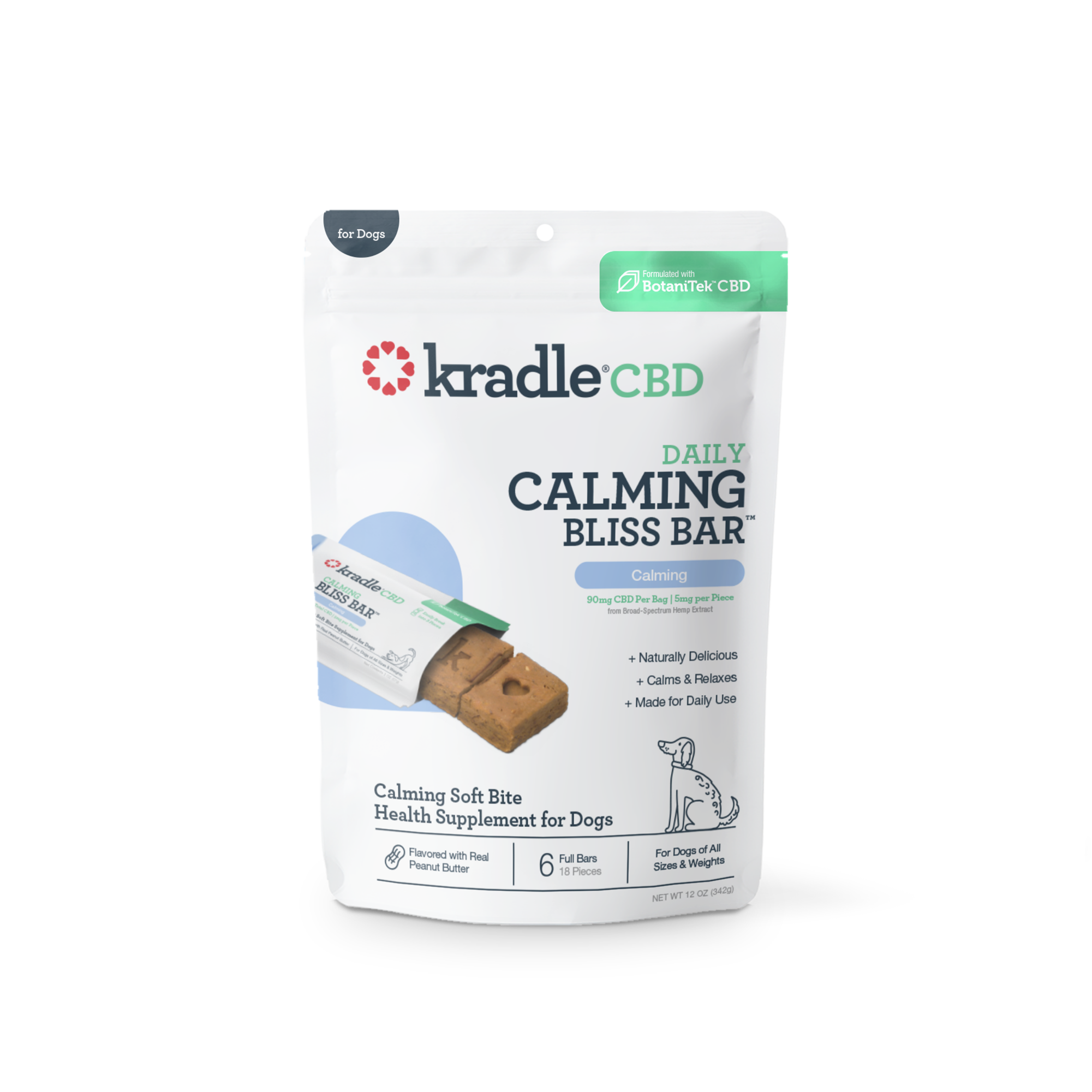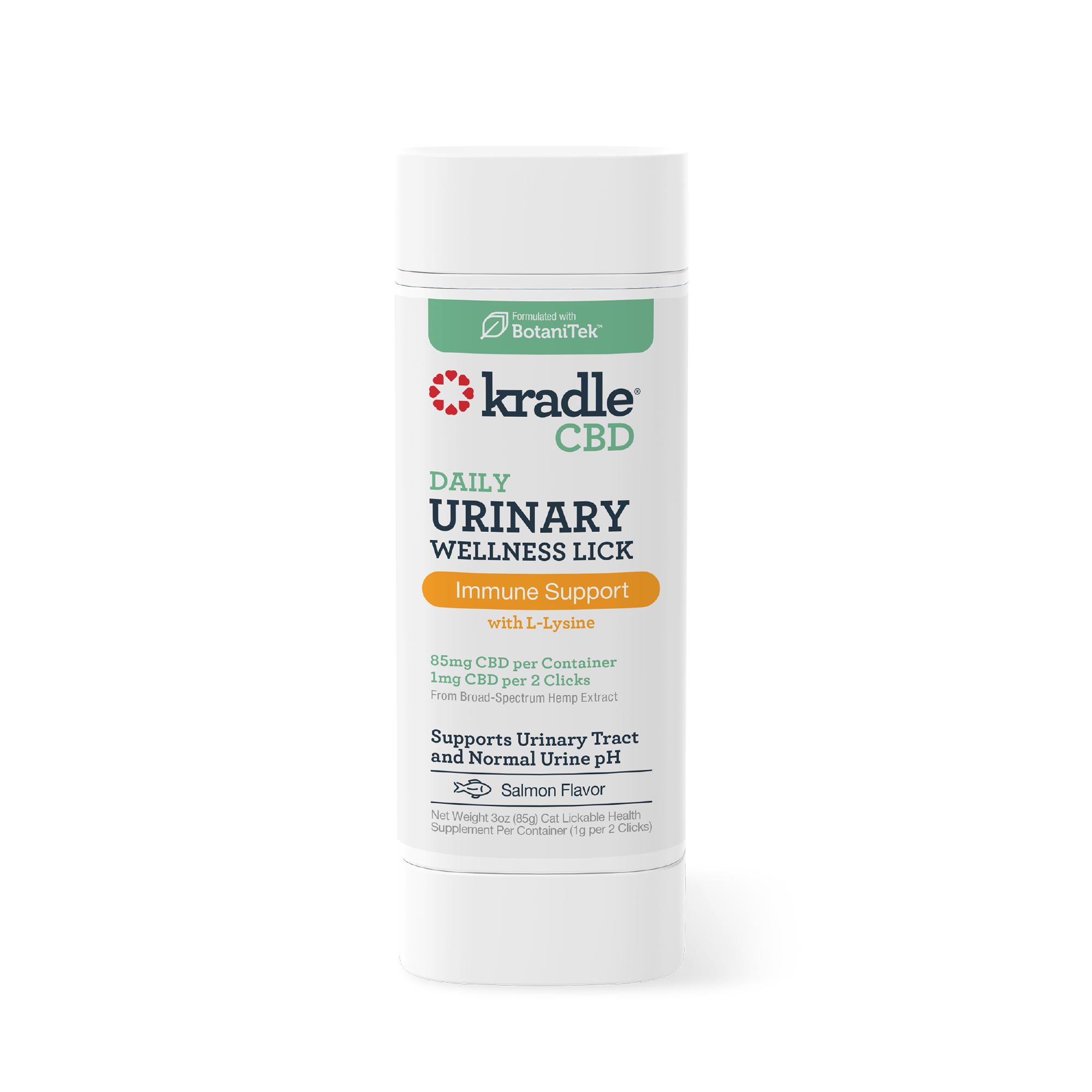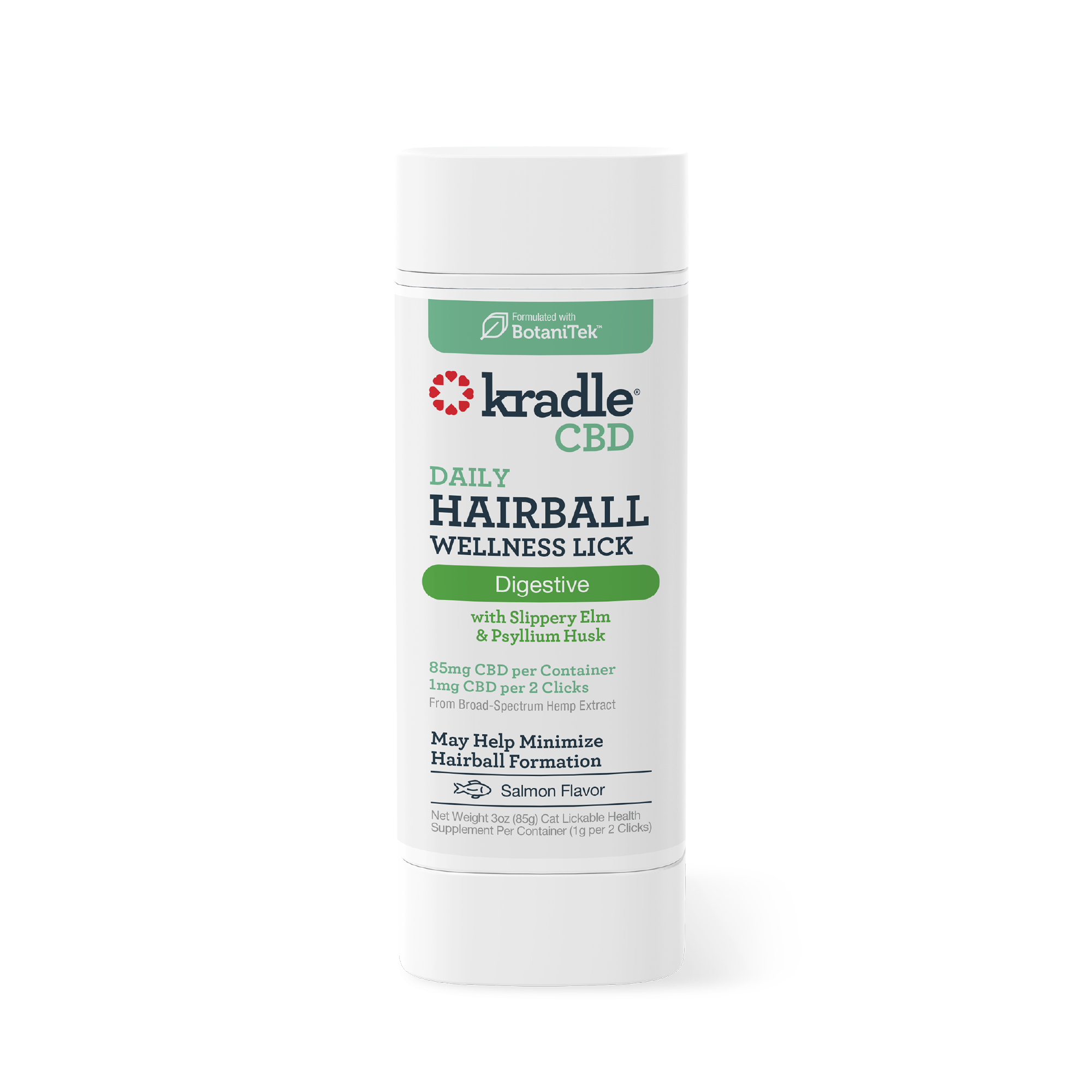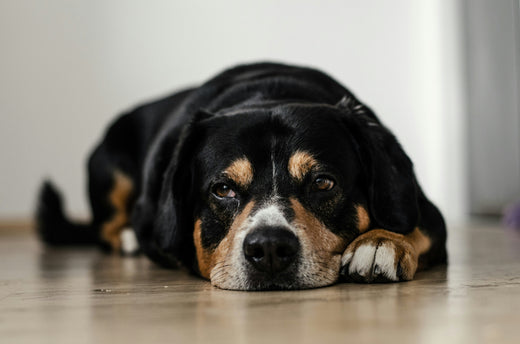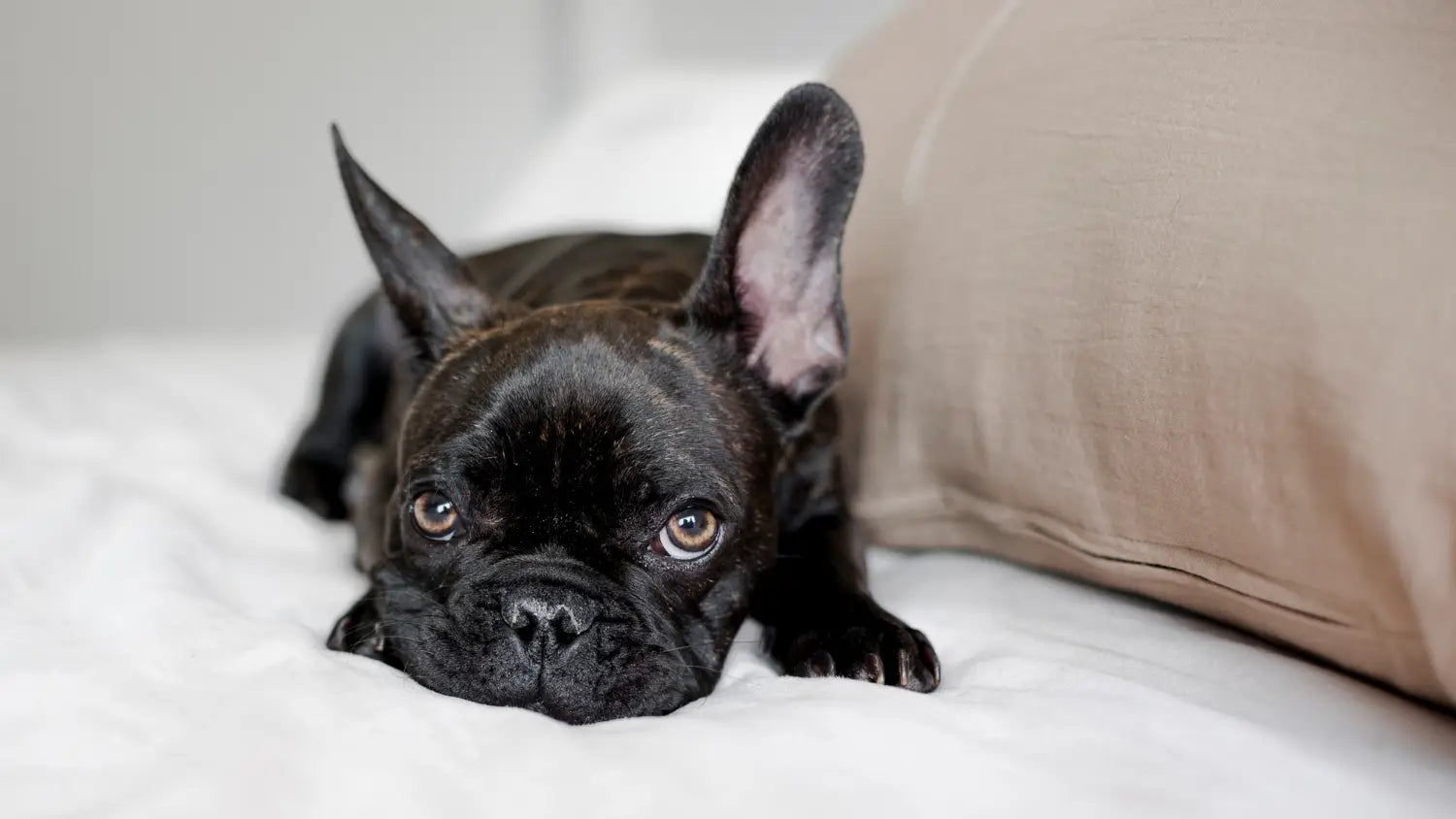
Preparing for Fall: How Seasonal Changes Can Affect Your Pet’s Anxiety
As the weather begins to shift, the days grow shorter and the leaves begin to turn colors, have you noticed your dog seeming stressed, anxious or depressed? If so, you're not alone. The autumn season brings a number of changes that both people and pets must adjust to, and like their human caregivers, dogs may experience stress and anxiety in response to modifications in their environment. While you can't do anything to stop the seasonal transition, you can take action to reduce anxiety and stress in dogs in the fall. In this guide, we'll explore the causes and symptoms of seasonal anxiety in dogs and share tips on how to calm dog anxiety naturally throughout the season.
How Seasonal Changes Can Affect a Dog's Anxiety
Dog anxiety that occurs during a specific time of year in response to the change in seasons is called seasonal anxiety. Although a seasonal dog anxiety attack can happen during any season, fall is one of the most common times of year for seasonal anxiety to develop, largely because the changes autumn brings are very noticeable. Among these changes are:
- Less light exposure: During the fall, days begin to grow shorter rapidly. The sudden reduction in the amount of sunlight exposure can disrupt the natural circadian rhythms that control your dog's sleep-wake cycle and lead to shifts in serotonin brain chemical levels, leading to dog anxiety disorder symptoms.
- Temperature shifts: Cooler temperatures take some getting used to for dogs. When dogs feel uncomfortable during their outdoor time or are reluctant to go outside due to the cold, they have fewer opportunities for exercise and social interactions. This lack of stimulation can contribute to dog anxiety disorder.
- Changes in schedule: In some families, autumn means back to school and changes to the daily routine. The uncertainty associated with the new schedule may be one of the causes of dog anxiety signs and symptoms.
- Falling leaves: For some dogs, the sudden presence of leaves in the places where they like to dig, run, go to the bathroom and play may cause fearfulness and anxiousness. Some dogs are less likely to want to go outside when the yard is covered with leaves and may feel bored and anxious indoors as a result.
Signs of Seasonal Anxiety in Dogs
Since your pet can't tell you about their feelings, it's important to be on the lookout for dog anxiety symptoms during the fall. Some signs of seasonal anxiety in dogs include:
- Changes in appetite: Your dog may lose interest in food or experience an increase in appetite, which may lead to begging.
- Lethargy or restlessness: Your dog may lose interest in preferred activities or be unable to relax.
- Increased barking or whining: You might notice a change in the sound of your dog's vocalizations in addition to an increase in the frequency of their barking and whining.
- Attention-seeking behaviors: Your dog may be clingy and unwilling to let you stray from their sight, or they may act out in hopes of getting your attention.
- Changes in sleep patterns: Seasonal anxiety can cause dogs to sleep more (or less!).
- Unusual destructive behavior: Your dog may begin to chew items around the house, dig up areas of the yard or potted plants or exhibit other new destructive behaviors.
How to Help Your Anxious Dog During Fall
If you notice dog anxiety symptoms that coincide with the arrival of autumn, following these tips can help you support your pooch as they get acclimated to the new season.
Maintain Consistent Routines
Dogs are less likely to feel anxious when they know what to expect throughout the day, so sticking to regular feeding, walking, and bedtime routines despite changes in weather and daylight hours is especially important in the fall. If you do need to modify things, do so gradually to lessen the impact on your pet. For example, if it's important that you take your evening walk before sunset, schedule your outing for 15 minutes earlier each day rather than switching to an entirely new time all at once.
Use Calming Chews and Supplements
Research shows that CBD for dog anxiety can support a feeling of calm in anxious and stressed dogs. Kradle's Daily Soft Chews and Quick Calm Melts make it easy to help your dog reap the potential benefits of CBD. You can give your dog a chew or a melt before an activity that may be stressful, such as before you go for a walk on a cold day or prior to letting them out to explore the leaf-covered yard.
Adjust Exercise
Regular physical activity can fight boredom and allow your dog to burn off extra energy, potentially reducing their anxiety. When the weather keeps you indoors, help them stay active with activities like indoor fetch, smell games and interactive toys. You can also enjoy outdoor play and exercise for longer by bundling your dog up in booties and a jacket.
Create a Cozy Environment
Give your dog a relaxing place to snuggle up on long fall evenings. Choose a quiet area of the house to set up a comfy dog bed and some warm, soft blankets. You might even want to use a pet-safe heater or heating pad to fight off the autumn chill. Place some favorite toys nearby. In addition, you can experiment with natural calming aids, such as pheromone diffusers, white noise machines, anxiety wraps or simply playing soft music in your dog's special space.
Provide Mental Stimulation
Keeping your dog's mind active is as important as ensuring that they get regular exercise, as boredom can worsen anxiety. To stimulate your dog's brain, try using your indoor hours to master new tricks or provide your dog with fresh puzzle toys and interactive games. Rotating toys and activities can help to keep your dog engaged throughout the season.
Make Autumn More Enjoyable
All the changes that come with the shift from summer to fall may spark anxiety in your dog, but by sticking to a consistent routine, offering calming chews, adjusting exercise, creating a cozy environment and providing mental stimulation, you can help your dog adjust to the seasonal shift with less stress and anxiety. As you try different techniques and natural remedies for dog anxiety, keep a close eye on how they respond, so you know what works and what doesn't. You may also wish to discuss your dog's symptoms with your vet, who can provided customized advice and reco

